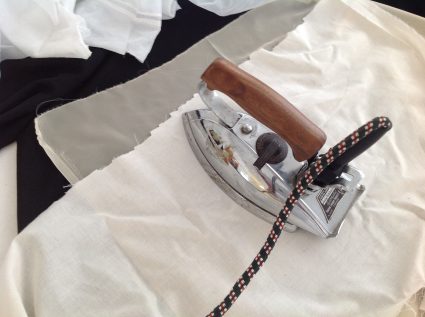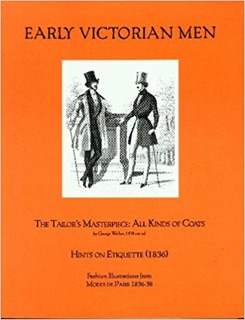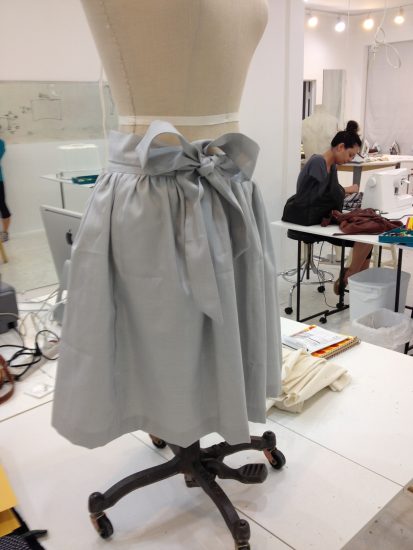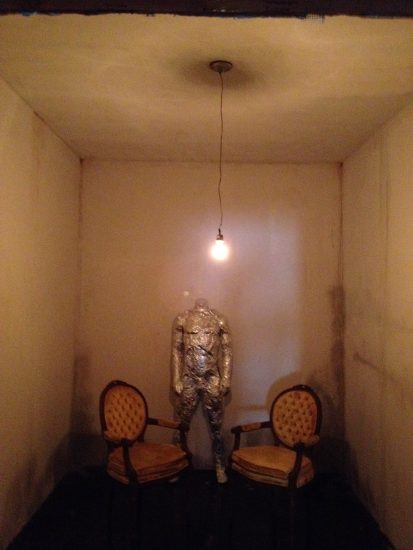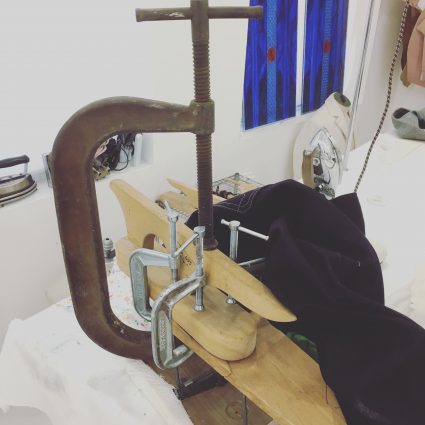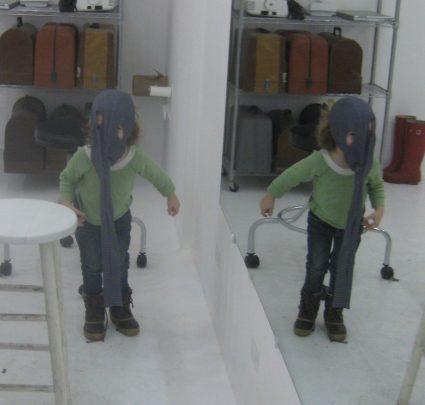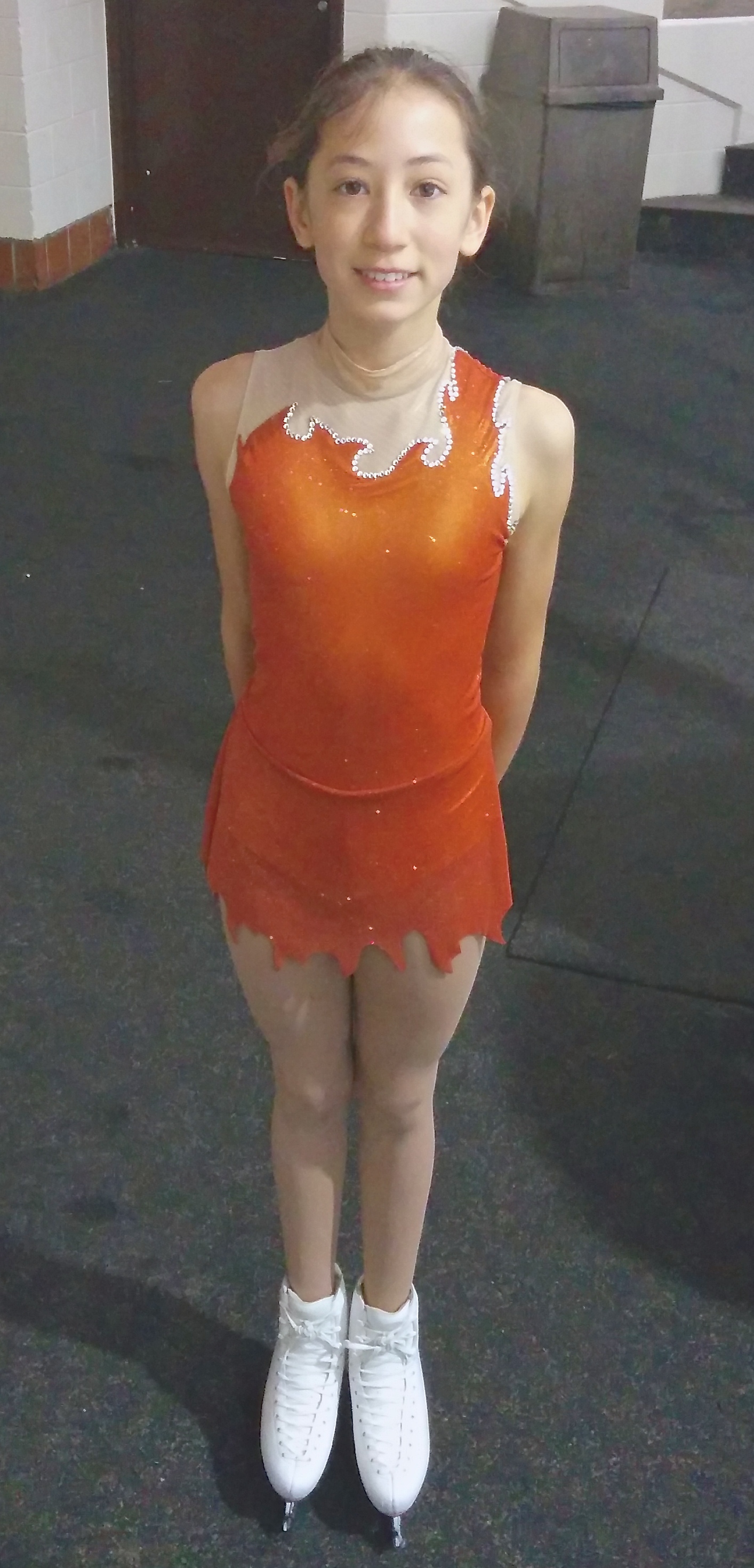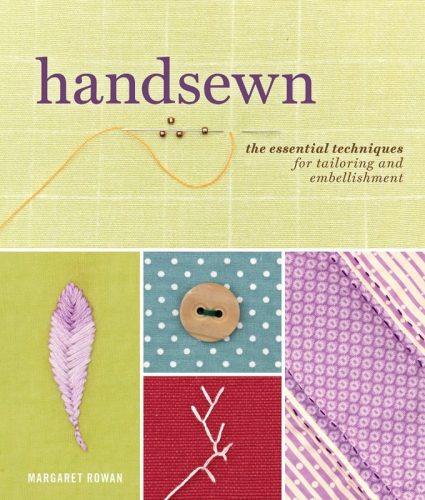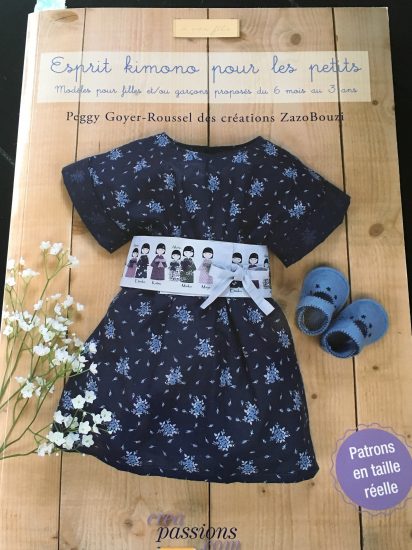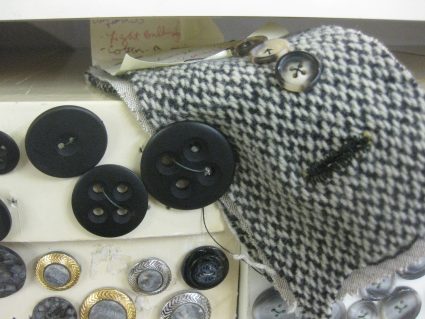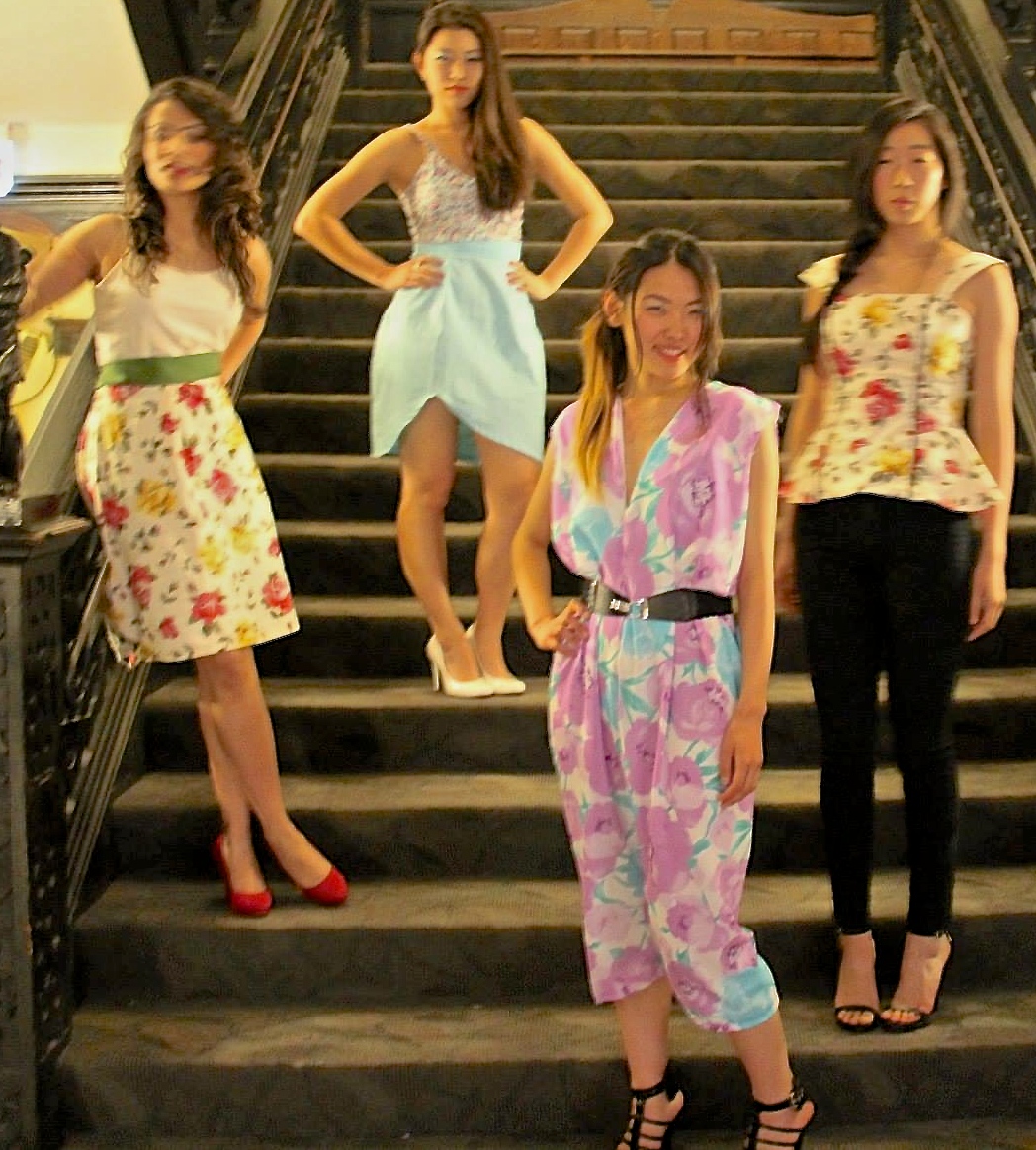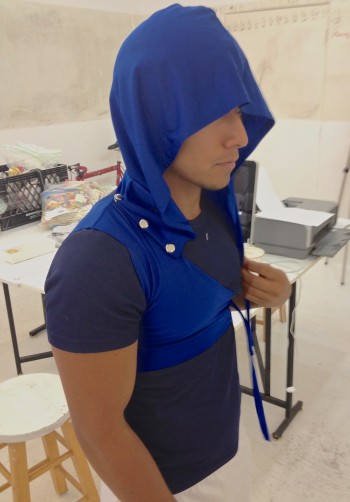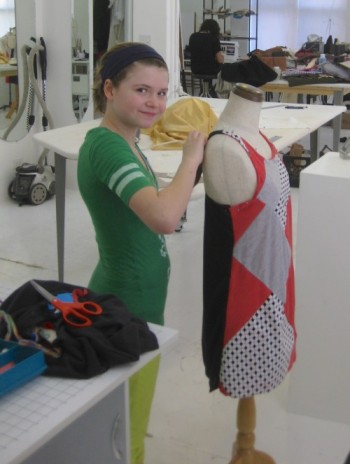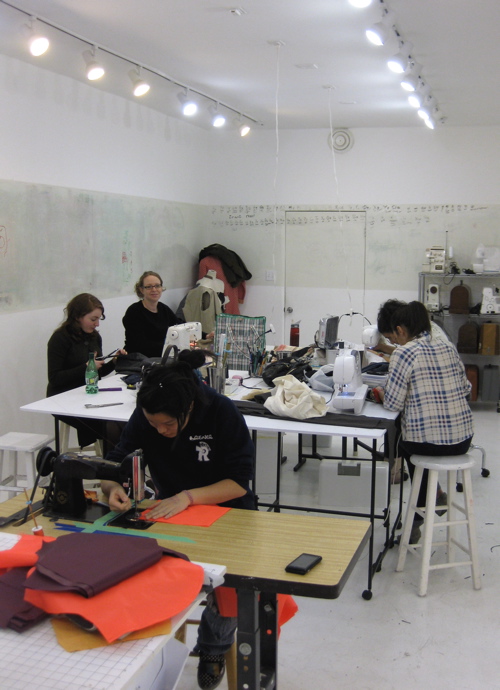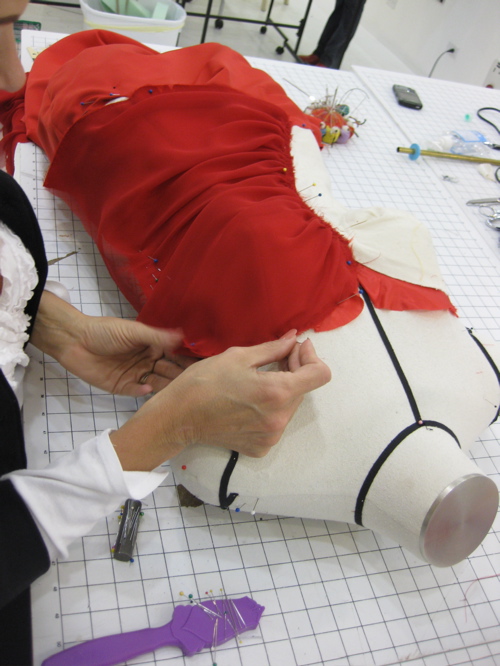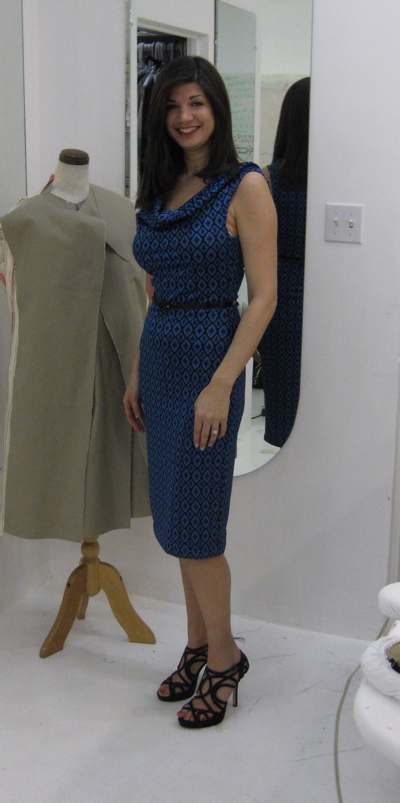What Kind of Iron Do You Like?
We get questions about tools all the time. At the workrooms we use old tailor’s irons that have no steam function. We like them better for a few reasons: 1. They are heavy – somewhere in the range of 10-20 pounds. This lets the iron do the pressing work rather than your arm. 2. They have flat plates with no steam holes. This means that when you are pressing delicate or textured fabrics you don’t have to worry as much about damaging the texture by pressing the steam holes into the face of the fabric. We supplement the steam and moisture that aRead More →
